9 Cosmetic Industry Trends Shaping Its Future
The beauty industry is rapidly evolving. Here are the 9 biggest trends shaping its future.
Introduction
The beauty industry can be traced back to 4,000 BC when ancient Egyptians used kohl (a fine black powder) and other natural minerals to accentuate their eyes. In those days, cosmetics products were widely adopted by both men and women, and purchased in the local marketplace or made at home.
Although a lot has changed since those early days, one thing remains the same — the demand for beauty products stands the test of time.
Today, the beauty industry is worth a whopping $287.94 billion (about $890 per person in the US) dollars. By 2028, this number is expected to increase to $415.29 billion (or $1,300 per person in the US) dollars.
But what are the trends driving mass growth and adoption of cosmetics products? How is innovation and artificial intelligence (AI) reshaping the global market? And more importantly, what does the future hold for this promising industry?In this article, we explore 9 trends disrupting cosmetics in 2021 and beyond. Ready to dive in?
Drumroll please…
Cosmetics Trend #1: Mass Market Growth
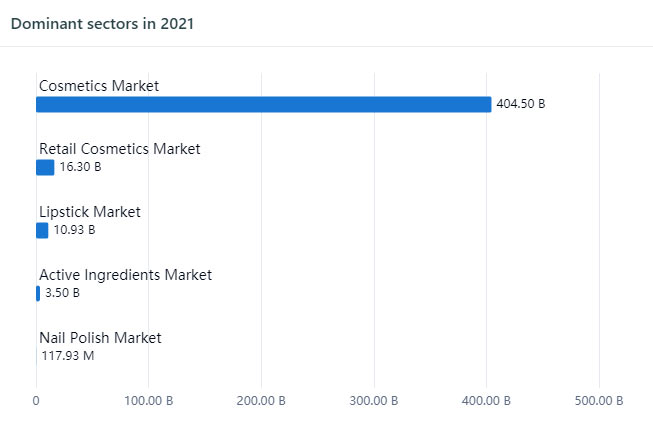
Figure 1: Dominant Sectors in Cosmetics, PatSnap Discovery
Hello growth! Worth $287.94 billion as of 2021, the global cosmetics industry is expected to reach (or exceed) $415.29 billion by 2028. This growth equates to a CAGR of 5% in the next seven years.
On a global level, the lipstick market is expected to have a 10% CAGR in the coming years, with an overall estimated market value of $16 billion by 2025. These upward trends are a result of growing urbanization, an emerging market focus, and the rising power of consumers. For example, the popularity of the lipstick market can be attributed to lifestyle shifts like remote work trends, the use of video conferencing for everyday meetings, and social media influencers like Kylie Jenner (whose brand Kylie Cosmetics is valued at $900 million dollars).
Cosmetics Trend #2: Biologically Active Cosmetic Products
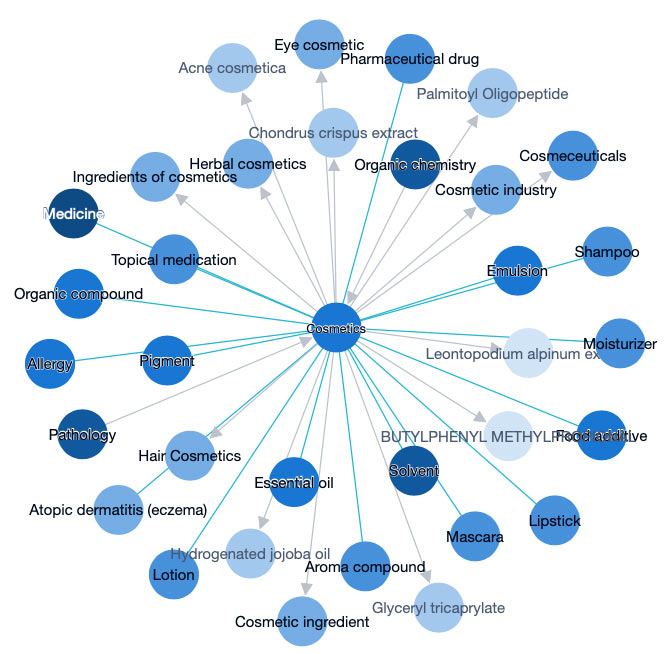
Figure 2: Cosmetics Industry Mind Map, PatSnap Discovery
The cosmetics industry is ripe with new research. Take the industry mind map above as an example — you’ll notice relevant technologies are depicted in relation to the maturity of academic research in the specific area. The darker areas depict higher research maturity (such as lipstick and essential oils) while the lighter areas depict emerging maturities. For example, the ‘cosmeceuticals’ subtopic may be increasingly relevant in the coming years as more research institutions enter the space.
Research affiliations in ‘cosmeceuticals’ are centralized in the United States, India and South Korea, with high publication numbers from Tulane University and Pukyong National University. An example of a Pukyong National University publication is ‘Exploiting biological activities of brown seaweed Ishige okamurae Yendo for potential applications: a review,’ Journal of Applied Phycology, where edible seaweed is evaluated for its anti-inflammation, anti-diabetic and antioxidant properties.
Academic research in marine-derived solutions is also booming. ‘Marine-derived compounds with potential use as cosmeceutical and nutricosmetics’ by the University of Porto (2020), suggests that marine-derived substances will continue to be increasingly relevant in the coming years.
The Shampoo, Lipstick & Allergy Boom
Here’s a look at the three top growth areas based on the concentration of academic research and maturity.
Cosmetics Trend #3: Fatty Acid-Infused Shampoos
The overall investment trend in the shampoo sector has gone from $197.99 million in 2019 to $1.08 billion in 2020, representing a 445% increase! The maturity of innovations like fatty acid, which is used to promote hair growth, add shine, and treat the scalp, is helping to drive shampoo-related industry growth. Leading the charge is L’Oréal, specifically with patent, US10682303B2, which is valued at $250,000 and claims a cosmetic composition to be applied to keratin fibers to increase the effectiveness of a shampooing product.
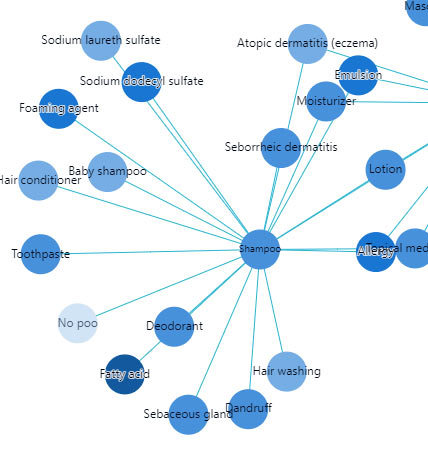
Figure 3: ‘Shampoo’ Mind Map Focus, PatSnap Discovery
Cosmetics Trend #4: Booming Interest in Lipstick and Lip Augmentation
Another upward trending sector is lipstick. Investments in this field have increased by 860% — up from $105.84 million in 2019, to $1.01 billion in 2020 — and show no signs of slowing down! With increasing visibility into trends such as lip augmentation, there are also more patents associated with the surgical methods related to the augmentation procedure. An example is Nature, Inc’s patent EP3897564A1, which claims a biocompatible tissue filler for cosmetic treatments.
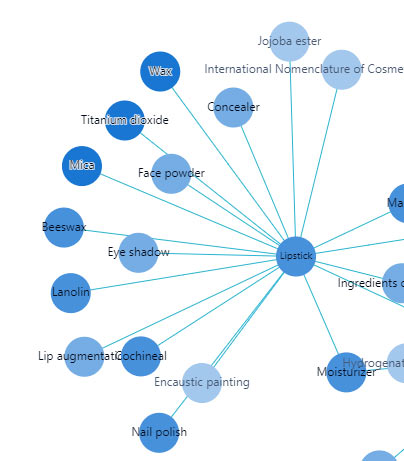
Figure 4: ‘Lipstick’ Mind Map Focus, PatSnap Discovery
Cosmetics Trend #5: Allergy-Modified Cosmetics
Achoo! Another sector making big gains in the cosmetics industry is the allergy subsection. Since 2020, this industry has grown 360% — valued at $643.55 million in 2020, and $2.96 billion in 2021. Topping the list as the industry leaders are Procter & Gamble, L’Oréal, Johnson & Johnson Consumer, and Yeda Research & Development. There are a vast number of new technologies as a result of disruption in the cosmetics field. An example of a new patent in this area is EP3628305A4, by Yangshengtang Anji Cosmetics Co Ltd.. This patent is valued at $83,000, and stands out as an interesting technology area because it claims to use a “combination of D-pathenol, allantoin and oat kernel extract in protecting mast cells thereby anti-allergy” in skin cosmetic compositions.

Figure 5: ‘Allergy’ Mind Map Focus, PatSnap Discovery
Cosmetics Trend #6: The L’Oréal Effect

Figure 6: L’Oréal Company Relationship Analysis, PatSnap Insights
L’Oréal Corporation is still the king of cosmetics. The research, litigation, licensing, citations, and patents L’Oréal is involved with influence the enterprise cosmetics industry as a whole.
For example, right now L’Oréal is exploring how adult skin responds to acute stress and short-term environmental factors. This research project, run in partnership with the French National Institute for Health & Medical Research and the University of Western Ontario, will undoubtedly change how L’Oréal and other cosmetics companies develop skin products in the future.
Another example is the full-face imaging which details the technology behind matching proper skin color for foundation, and other makeup products. Currently, L’Oréal uses a color camera system to gather information about skin color, but this article describes the replacement of this current technology with an imaging spectrometer that is more accurate.
This begs the question: As L’Oréal leverages technology to improve product offerings and match consumer expectations, will this create an industry-wide shift toward technology?
Cosmetics Trend #7: Influencer-Backed Brands
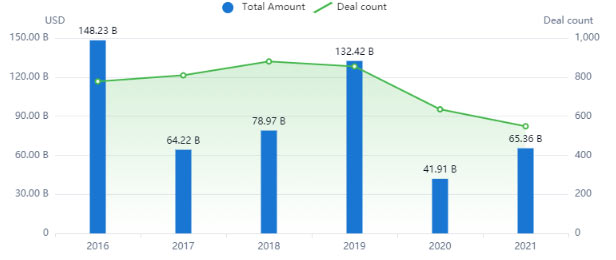
Figure 7: Mergers & Acquisition Trends in the Cosmetics Industry, PatSnap Discovery
Our analysis shows decreasing trends in merger and acquisition funding. While the total deal count is increasing in 2021, the amount of funding is decreasing. So, what does this mean? Well, don’t be surprised if the industry trends towards smaller, recurring deals. For example, L’Occitane International SA acquired Sol De Janerio USA, Inc for $450M USD in November 2021 (anyone familiar with Sol De Janerio’s Bum Bum cream?).
Accelerated by the COVID-19 pandemic, there has been a shift toward the influencer-driven market as a result of social media encouraging relationships between the consumer and the seller. As such, there will be a shift away from large beauty conglomerates to smaller start-ups, most likely owned by influencers or everyday individuals.
Cosmetics Trend #8: Personalized Cosmetics

Figure 8: Top Assignees, Personalized Cosmetics, PatSnap Insights
You can kiss the one-size-fits-all approach goodbye! These days, consumers want their beauty products personalized to them. For example, L’Oréal Corporation recently patented an “ecosystem for dispensing personalized lipstick” (patent US20210235849A1, valued at $31,000). This patent claims to determine a target color of lipstick based on image processing of the consumer.
Proctor & Gamble also holds an interesting patent around personalized skincare (patent EP3905920A1) which claims create a specific skincare composition formula based on input. These are both examples of how patents in the cosmetics industry will transform in the coming years. The PatSnap Insights image above displays the Top Assignees in the ‘personalized cosmetics’ sector, specific to the makeup and face area.
Cosmetics Trend #9: Sustainable Packing

Figure 9: Top Assignees, Sustainable Packaging, Cosmetics Industry, PatSnap Insights
Consumers want to be part of the environmental solution, not the problem. As such, there’s been a shift toward more sustainable business practices in the cosmetics industry, specifically with regards to packaging (the Great Pacific Garbage Patch is celebrating as we write this). Top assignees for this technology trend are Lubrizol Advanced Materials (MYC Packaging), Shiseido, and L’Oreal.
In a recent Forbes article, the possibility of seaweed packaging is detailed. The material specifically degrades naturally in four to six weeks and can be disposed of via in-home recycling. Notpla Ltd is a startup that has pioneered the use of brown seaweed-based material to develop biodegradable food take out boxes.
In addition to being abundant, seaweed is also resilient, strong, and recyclable, meaning it may be a great alternative to wood or plastic. Don’t be surprised if you see more beauty products packaged in seaweed-based material in the coming years.
The Future of the Cosmetics and Beauty Industry

Figure 10: Emerging Technology in Cosmetics, PatSnap Discovery
So, what do all these trends ultimately mean? Well, as remote work continues into the foreseeable future, ‘nutricosmetics’, ‘nutraceuticals’, and ‘cosmeceuticals’ will continue to trend in the beauty industry as consumers are focusing more on total well-being, rather than just quick fixes.
Furthermore, marine-derived solutions may completely disrupt the materials used in beauty products, and the packaging as well. Lastly, the entire industry is shifting toward a circular economy where there is a push for sustainable practices, corporate social responsibility, and smaller (but popular) brands.
Author Bio

Piya Jain is a Project Manager at PatSnap where she assists organizations with all things intellectual property. With both a Bachelor’s of Science in molecular genetics and a Master’s in management, Piya is experienced in aligning to the uniqueness of life sciences organizations.
Your recommended content
-
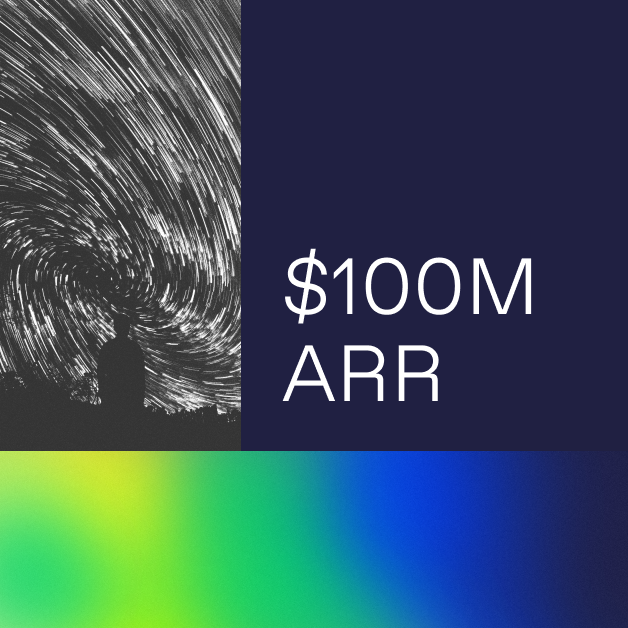
Patsnap Surpasses US$100 Million in Annual Recurring Revenue
Category: Article | Category: News/PR
Wednesday, June 12, 2024
Patsnap has reached a significant milestone of achieving $100M in Annual Recurring Revenue (ARR), marking an impressive 20% year-over-year growth in 2023. This milestone highlights the massive and meaningful value our platform brings to over 12,000 IP and R&D teams across 50 countries, driving efficiency, productivity, and collaboration.
-

Introducing Hiro, an AI assistant built for IP and R&D workflows
Category: AI advancements | Category: AI development | Category: AI-tools | Category: Article | Category: artificial intelligence
Tuesday, May 14, 2024
Powered by Patsnap’s industry-specific LLM, Hiro is designed to streamline IP and R&D workflows from ideation to product launch. With its robust AI capabilities, Hiro brings a new level of efficiency, precision, and security to tasks that were once time-consuming and labor-intensive.What sets Hiro apart is that it draws from our large language model that’s been trained on market-leading patent records, academic papers, and proprietary innovation data. This ensures we deliver more accurate and reliable results for every prompt.
-
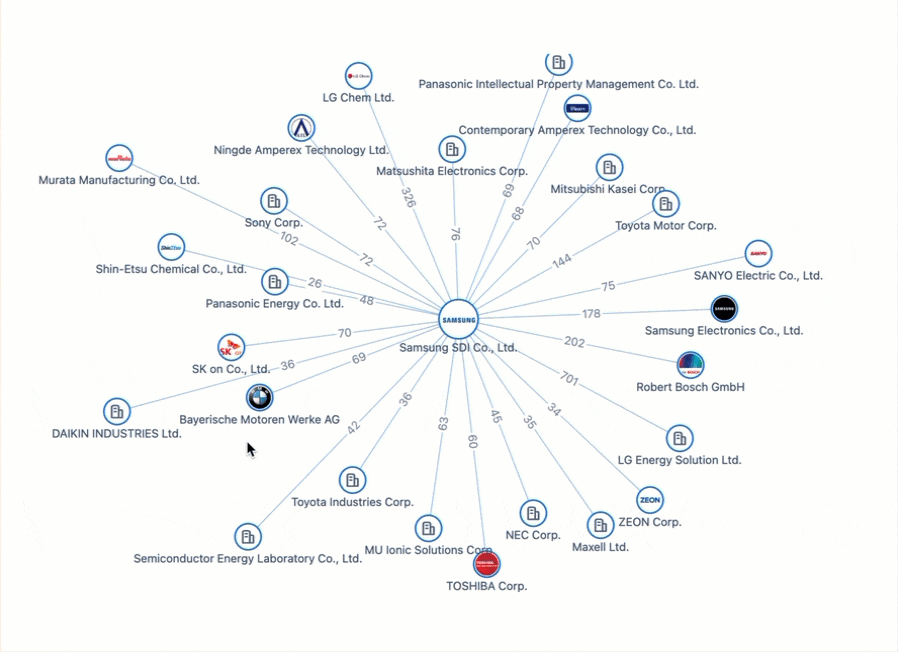
Powering the Future of Electric Vehicles: The Battle for Battery Innovation and Patents
Category: Article | Category: battery technology | Category: electric vehicle | Category: EV | Category: lithium ion | Category: lithium ion battery | Category: NEV | Category: new energy vehicles
Monday, April 22, 2024
In the ever-evolving landscape of innovation, the electric vehicle (EV) industry stands as a beacon of technological transformation. As we explore the patents propelling the EV revolution, Apple's venture serves as a poignant example of the challenges even industry giants face in this competitive arena. Join us on a journey through the global patent landscape, where the quest for superior power solutions unfolds, and where the true pioneers of the EV revolution are making their mark.